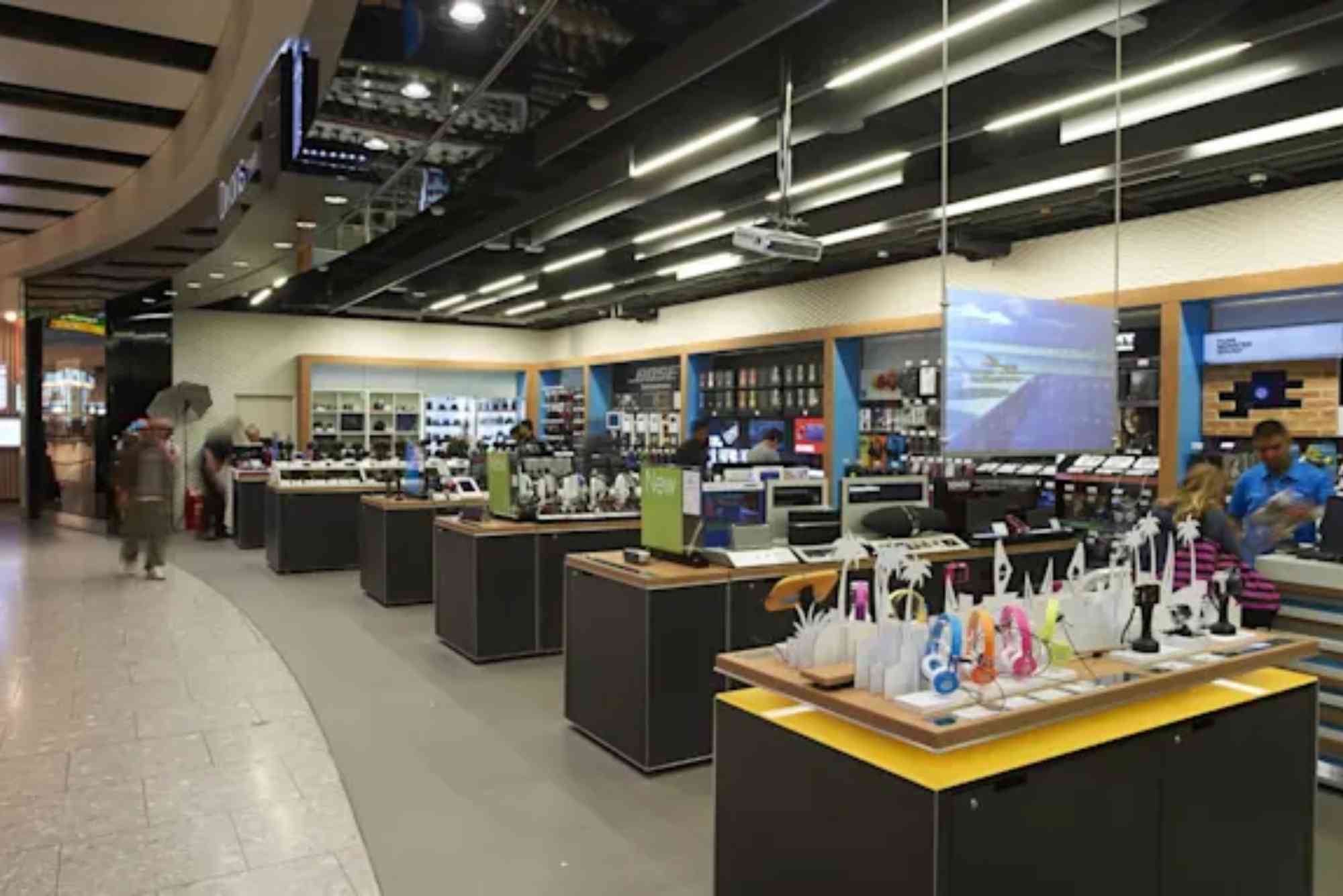Many homeowners and businesses in the UAE are discovering the advantages of inverter air conditioners—reduced energy bills, quieter operation, and longer equipment life. If you’re running an older fixed-speed unit or considering a replacement, upgrading to an O General inverter AC can be a game-changer. In this article, I’ll share practical insights from real installations, explain the technical considerations, and guide you through finding the right upgrade path with authorized suppliers.
Why Choose an Inverter Upgrade?
When I first explored inverter technology five years ago, it felt like marketing jargon: variable compressor speed? How much difference could it make? After advising a villa renovation in Sharjah, I saw firsthand that an inverter compressor’s ability to modulate cooling precisely translates into energy savings of up to 30% compared with non-inverter models. Beyond cost, inverters maintain room temperature within a narrow band, eliminating the “cold blast” on startup and delivering a more pleasant environment.
O General’s inverter series further stands out for:
-
Robust inverter compressor design, engineered for the UAE’s high ambient temperatures
-
Whisper-quiet operation, thanks to vibration-dampening mounts
-
Advanced filtration options, to tackle coastal humidity and dust
Upgrading isn’t just swapping one indoor unit for another; it’s about future-proofing your property against rising electricity tariffs and ensuring consistent comfort—even when temperatures soar past 45°C.
Understanding Compatibility and Sizing
Before placing an order, you’ll need to assess whether your existing installation can support an inverter upgrade. Key factors include:
Electrical supply: Inverters draw different starting currents but stabilize quickly. Have a qualified electrician verify that your distribution board and wiring gauge are adequate.
Refrigerant piping: Some non-inverter units use different refrigerants. If conversion to R-410A is required, plan for a line flush or pipe replacement.
Indoor unit fit: Inverter models have slightly deeper indoor units. Check clearances above windows and behind false ceilings.
I recommend contacting an O General ac supplier early in your planning. They’ll dispatch a technician who measures head heights, tests existing pipes, and confirms wiring specs—often as part of a free site survey.
Selecting the Right Inverter Model
O General offers several inverter lines—from basic energy-saving models to top-tier units with intelligent controls and Wi-Fi integration. In my work on a commercial office block in Jebel Ali, we opted for the “High COP Inverter” series to maximize seasonal energy efficiency ratios (SEER). The client valued the long-term return on investment over the slightly higher upfront cost.
When choosing between models, weigh:
-
Annual energy factor (AEF): Higher ratings yield greater savings
-
Noise specifications: Lower decibel levels matter if units sit above meeting rooms
-
Smart features: App control and integration with building management systems
Your supplier can provide detailed spec sheets, and some dealers even offer demo units to test performance before committing.
Installation Best Practices
Proper installation is crucial to realize inverter benefits. During a recent townhouse upgrade in Dubai Festival City, we encountered an issue: the indoor unit was mounted too close to the ceiling, impairing airflow. The fix involved adding a 3cm spacer bracket and rerouting the condensate drain at a gentler slope.
Here are my top tips for a smooth installation:
-
Insulated copper lines: Ensure high-quality insulation to prevent thermal losses and condensation
-
Anti-vibration pads: Use them under outdoor units to reduce noise transmission into adjacent rooms
-
Competent vacuuming: A thorough evacuation of the refrigerant circuit prevents compressor damage and oil migration
-
Proper drain slope: A minimum of 1:100 gradient avoids clogs and backflow
Working with an experienced O General ac dealer means you’ll get certified installers who follow these best practices and honor warranty terms.
Cost Considerations and ROI
Upgrading to an inverter system carries higher initial costs—typically 20–30% more than a fixed-speed equivalent. But when you factor in:
-
Electricity savings (often AED 2,000–3,500 per unit annually)
-
Reduced maintenance on compressor starts
-
Extended warranty options
…you’ll see payback horizons of just 2–3 years for residential and 1–2 years for commercial installations. In one warehouse retrofitting project, the client reported a drop in monthly energy bills from AED 22,000 to AED 15,000—all within six months.
Some suppliers offer financing plans or trade-in credits for old units, which can soften upfront investment. Always request a full cost breakdown from your chosen supplier.
Real-World Upgrade Stories
-
Sharjah Villa: A five-bedroom villa switched four non-inverter units to O General inverter split systems. Annual savings hit AED 12,600, and the quieter units improved family comfort.
-
Dubai Office Fit-out: An interior design firm replaced 20 fixed-speed units with inverter models. They negotiated a package deal through their O General ac supplier that included extended maintenance for two years free of charge.
-
Al Ain Hotel Wing: The management swapped rooftop non-inverter Cassettes for inverter VRF (Variable Refrigerant Flow). The centralized control cut overall cooling costs by 15% and allowed granular zone control across suites.
How to Get Started
-
Schedule a site survey with your preferred supplier.
-
Compare quotes from two or more authorized dealers to ensure competitive pricing.
-
Finalize model selection based on energy factors and sound levels.
-
Verify installation credentials and warranty terms.
-
Plan for a brief downtime—most single-unit swaps take 4–6 hours; multi-unit jobs may require phased installation.
If you’re ready to explore inverter upgrade options, reach out to a certified O General ac supplier today and ask for a no-obligation consultation.



